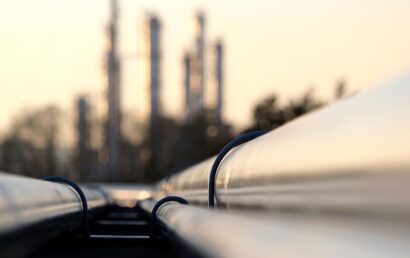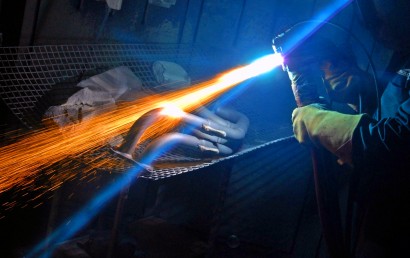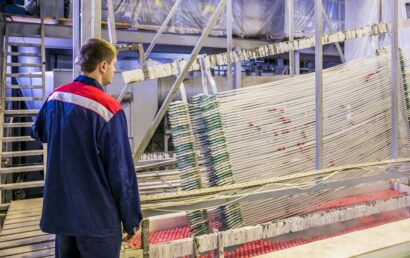Utilizing Ceramic-Based Materials in Plasma Spray Processes
Simply put, the process of plasma spray is the spraying of heat softened or molten material to provide a coating on a substrate. In some cases, ceramic-based materials in the form of powder are heated rapidly and accelerated to a high velocity after being injected into a plasma flame at a very high temperature.
Before we look at ceramic-based materials specifically, let’s examine thermal spray and plasma coating.
Plasma Coating and Thermal Spray
The workings of thermal spray – Coating processes in which heated or melted materials are applied to a surface via spraying methods are referred to as thermal spraying techniques. The source of energy being used for such techniques is ordinarily electrical arc discharge or combustion. In this process, numerous sprayed particles accumulate resulting in the desired coating.
The workings of plasma coating – To produce a high temperature ionized plasma gas stream, a DC electric arc is used in the process of plasma spray. This gas acts as the heat source for spraying. In powder form, the coating material is transferred to the plasma jet in an inert gas stream. Here it is heated and propelled onto the chosen substrate.
Ceramic-Based Materials
In industries such as the automotive industry, ceramic coatings are used for wear resistance. Why? Look at it this way – no money is being made when equipment breaks down. Money and time are lost during shutdowns and unnecessary maintenance. Rather than executing a hurried quick fix, the proper use and application of ceramic-based materials through thermal spray can be used to both protect and rebuild parts. Best of all, ceramic-based materials are incredibly resistant with supreme protective characteristics against highly adverse conditions.
The following are available ceramic-based materials that can be used in the thermal spray process.
- Zirconia – In high temperature service, component service life and efficiency can be improved by the thermal barriers provided in this heat insulation application using zirconia.
- Titanium oxide – Compared to the next ceramic-based coating (alumina), lower hardness but tougher characteristics are generally produced by this type of coating’s alloys. Where lubricity is needed, these coatings provide sliding wear resistance.
- Alumina – At high temperatures, this metal oxide ceramic is wear resistant, stable, and chemically inert. If impact is not an issue in the chosen application, the main characteristics of alumina are erosive, sliding, and abrasion wear resistance.
- Chromium oxide – Of all the oxides, the most wear resistant and chemically inert is chromium oxide. At a service temperature below 1000°F or 540°C, it can still be used. Typical applications include textile manufacturing components, pump seals, laser engraved printing rolls, and more.
The Attack on Equipment
One of the major reasons for using thermal sprayed ceramic-based coatings is to prevent against the everyday attack on equipment. Component life can be severely shortened through various modes of damage including mechanical attack, chemical attack, and corrosion. The assault can also include a combination of these types of attack or all three. Fortunately, the right protective coating can prevent what would ordinarily be the inevitable result of such an assault.
A&A Coatings provides ceramic-based coatings and more for the protection of your components, machinery, and other various surfaces. To find out how your industry is currently utilizing thermal spray coatings, speak to one of our knowledgeable representatives. Remember that the longer you delay the protection of your parts, the more prone to lost time and money your business will be. Contact us today so that we can help protect and improve your bottom line.



